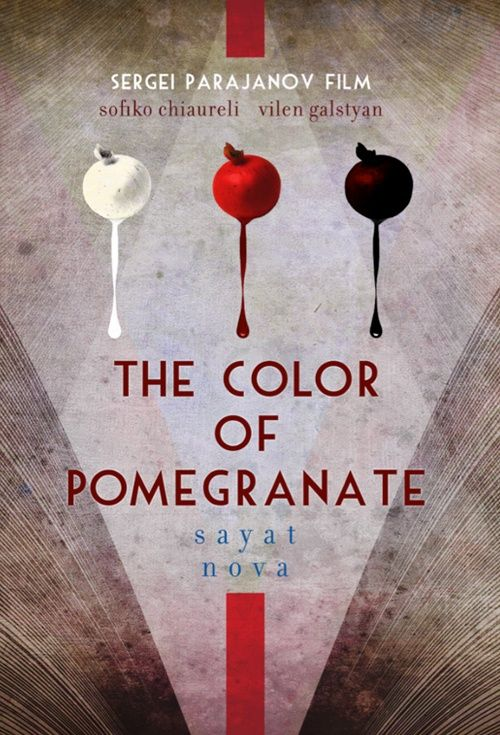The journey of a cinematographer is often shaped by the films that leave an indelible mark on their artistic sensibilities. For Miko Malkhasyan, three crucial works significantly influenced his approach to filmmaking: The Color of Pomegranates by Sergei Parajanov, Stalker by Andrei Tarkovsky, and Citizen Kane by Orson Welles. Each of these films offered Malkhasyan unique insights into the power of visual storytelling, which continue to inform his work today.

1. The Color of Pomegranates by Sergei Parajanov
The Color of Pomegranates stands as a paramount influence in Malkhasyan’s career. Parajanov’s masterpiece is renowned for its vivid use of color, static shots, and symbolic imagery. This film, devoid of conventional dialogue, relies on visual poetry to convey its narrative, profoundly impacting Malkhasyan’s understanding of frame composition and color dynamics.
Malkhasyan recalls how the film’s use of static frames and the movement within the frame, rather than the camera, revolutionized his perception of visual storytelling. The meticulous arrangement of each scene and the rich, evocative color palette became a blueprint for his own approach to cinematography. The Color of Pomegranates instilled in him a deep appreciation for the power of visual language and the potential of non-verbal storytelling.

2. Stalker by Andrei Tarkovsky
The second pivotal film in Malkhasyan’s journey is Tarkovsky’s Stalker. This film’s haunting visuals and profound philosophical underpinnings left a lasting impression on him. During his time at the American Film Institute (AFI), Malkhasyan conducted an extensive research paper on Stalker, delving into the film’s visual strategy and the tragic fate of its crew, many of whom succumbed to cancer due to the hazardous shooting conditions.
Stalker captivated Malkhasyan with its fluid camera movements and the ethereal quality of its imagery. The film’s ability to convey deep emotional and intellectual themes through its visual language resonated deeply with him. Tarkovsky’s mastery of camera movement and his ability to create immersive, otherworldly atmospheres influenced Malkhasyan’s own pursuit of cinematic excellence.

3. Citizen Kane by Orson Welles
The third film that significantly shaped Malkhasyan’s cinematic sensibilities is Citizen Kane. Despite the limited availability of American films in his post-Soviet upbringing, Citizen Kane left an indelible mark on him with its groundbreaking use of contrast, shadows, and innovative camera angles.
The film’s stark black-and-white cinematography, dramatic lighting, and inventive use of deep focus and low-angle shots fascinated Malkhasyan. These elements, combined with the film’s intricate narrative structure, demonstrated the transformative power of visual composition and camera techniques. Citizen Kane taught him the importance of bold visual choices and the impact of meticulous craftsmanship in filmmaking.
Integrating Influences into a Unique Cinematic Voice
Malkhasyan’s cinematic journey is a reflection of the profound impact that influential films can have on an artist’s development. From Parajanov’s vibrant and symbolic visuals to Tarkovsky’s ethereal and philosophical approach, and Welles’ innovative and dramatic techniques, these three films provided Malkhasyan with a rich foundation for his own artistic exploration.
By integrating the color and composition of The Color of Pomegranates, the camera movement and immersive atmosphere of Stalker, and the contrast and visual innovation of Citizen Kane, Malkhasyan has crafted a unique cinematic voice that continues to evolve. His journey underscores the enduring power of film as a medium of inspiration and transformation for filmmakers worldwide.


























